One of the best things that happen once you finish a movie with a twisting ending is watching it for a second time. The second run can show details, clues and signs that you might not see on an initial viewing. Because of this, watching any twist movie a second time is strongly recommended.
Speaking of second runs, we are now continuing with the second and conclusive part of this top ten focused on twist endings in cinema.
5: “Devil” by M. Night Shyamalan (2010)
A good movie does not necessarily have to be complex. “Devil”, a supernatural horror film, is the perfect example of how simplicity works sensationally.
One elevator, five people locked inside it and one of them kills the others. These are the simple elements of the movie written and directed by M. Night Shyamalan.
The movie opens with suicide: a man jumps from the top floor of a skyscraper leaving a note about the Devil and his approach. At the same time, five people are inside the skyscraper, inside an elevator. The elevator stops, locking the door and shutting the lights off. After a few seconds, the lights are back but one of the people has been killed.
From that moment a claustrophobic atmosphere starts characterizing the movie influencing the public through each sequence until a final scene shocks the audience.
The twist ending is a recurring character in Shyamalan’s movies, and Travis Danner, the movie reviewer and cinema student at San Francisco State University, explained his point of view about the director.
“The surprise ending or the Shyamalan ending is a cliche in cinema. People already know that the last minutes of the movie will be shocking. Almost all of his works ended up with a “kick” capable of changing the whole story. He did it with The Sixth Sense, The Village and Signs. Shyamalan is synonymous with a twist ending.” said Danner.
Despite the movie result being shorter than average (80 minutes running time), it deserves a place in this top ten because of the dark atmosphere and vivid representations of the characters’ emotions during a similar extraordinary situation.
4: “Wild Things” by John McNaughton (1998)
It was in 1998 when the American director John McNaughton directed a noir movie titled Wild Things. The critics did not appreciate this movie. While IMDb assigned 6.5 stars, Metacritic marked down the film with an overall 53 points.
Kevin Bacon, who is also the executive producer of the movie, plays one of the main characters. During an interview for Entertainment, expressed his thoughts on the script.
“This was the trashiest piece of crap I’ve ever read. But every few pages, I kept discovering that it wasn’t what it seemed. Every few pages, there was another surprise.” affirmed Bacon.
McNaughton’s film takes place in Miami where Sam Lombardo (played by Matt Dillon) is a high school counselor who gets accused of rape by two students: Kelly Van Ryan (Denise Richards) and Suzie Toller (Neve Campbell). A Police detective, Ray Duquette (played by Kevin Bacon) perceives that there is something more behind the rape case and starts investigating the three characters involved in the scandal.
Throughout the movie, several plot twists change not only the events and the perception of the story but also the characters’ roles and their relationships. The director plays with the audience through shocking sequences that reveal important evidence until the very last scene.
In addition to the famous actors in the cast, the movie reached good popularity after its release due to the different sex scenes presented. Even if those scenes debatably may have been intended to be more of a part of the marketing strategy, they work as an essential part of the overall movie atmosphere. The core of the movie is the sexual scandal between the counselor and two minors.
Wild Things is a crime story with well-interpreted characters and a brilliant plot capable of playing with the audience’s attention and imagination. Its final plot twist is certainly the last one of a long series of events that will close the sequence before the credits.
3: “Primal Fear” by Gregory Hoblit (1996)
Primal Fear is a legal thriller directed by Gregory Hoblit in 1996. The screenplay is based upon the horror romance written by the photojournalist William Diehl three years before the movie’s release.
When the movie got released in 1996, The New York Times titled the movie with “Primal Fear: A Murdered Archbishop and Lawyers in Armani”, and the statement actually captures the bottom line of the story.
Martin Vail (played by Richard Gere), one of the most famous defense attorneys of the city, starts working on a case with a relevant media impact.
In the 19 years old Aaron Stampler (Edward Norton at his debut), a shy altar boy with a stutter is accused of murdering an Archbishop. Vail believes that the young man is innocent, and for this reason, he starts representing Aaron in front of the court without requiring any form of payment.
The movies focused the attention on the private interviews between Vail and Stampler revealing important aspects of the Archbishop’s life and background.
In Primal Fear, the murder takes a second place since the characters, their relationships and their feelings are the core of Hoblit’s work.
American movie critic Roger Ebert who wrote for the Chicago Sun-Time said, “The plot is as good as crime procedurals get, but the movie is really better than its plot because of the three-dimensional characters. The best crime movies and novels are not about who did it, or why. They are about how characters feel about what happened.”
The final scene actually changes the public opinions about the characters through a stunning sequence. Because of the way the truth is presented during the scene, it is almost brutal to see and accept a similar situation. A totally unexpected ending shakes the audience to the core.
2: “The Others” by Alejandro Amenabar (2001)
The Others is a movie directed by the Spanish director Alejandro Amenabar in 2001. The story takes place right after World War II in England. Grace Stewart, played on the screen by Nicole Kidman, lives in a country mansion with her two kids Nicholas and Anne. Grace’s children suffer from a rare disease characterized by acute photosensitivity, and for this reason, the new housekeepers have to manage the presence of lights in the rooms in order to avoid permanent damages to the kids. Moreover, Nicholas and Anne start informing the housekeepers about “the others”, who are -according to the kids- the real owners of the mansion.
Even if Amenabar’s work seems to be one of the most classic cinema cliches representing a haunted house with spirits of dead people tormenting the protagonists, there is a lot more. The dark and cute atmosphere characterized the whole film, and Grace’s attitude towards her kids which is more than ultra-protective represents unique aspects that make The Others a truly captivating piece of film.
The public feels the tension of living in the mansion, the fear of the children due to the spirits haunting their rooms and the concerns of Grace related to her kids.
“The Others confines its characters to a single, well-defined place and only gradually reveals its cards,” explained Scott Tobias from AVClub.
Right before the final credits, when the film reaches its climax, Amenabar astonishes the audience with a magical final twist which has been slowly settled through the movie. The final scene is obvious to the viewer because it shows that all the details needed to solve the puzzle were already present since the very beginning of the story.
1: “The Usual Suspects” by Bryan Singer (1995)
Who is Keyser Soze? This is the question that torments the protagonists during the movie “Unusual Suspects”. The Usual Suspects is not just a cult movie. This film is an important jewel of the cinema industry awarded with two Oscar Prizes (Best Original Screenplay and Best Supporting Actor to Kevin Spacey). In 1995, the almost unknown Bryan Singer directed this noir-crime story, surprising both the public and critics.
“I remember I watched the movie when it came out in 1995. The Usual Suspects is a surprising movie with a final plot twist that hits you hard. People still talk about it nowadays, and I think this is a signal of how Singer’s work is still surprising people after more than 20 years,” commented Danner.
The movie plot revolves around Roger ‘Verbal’ Kint (Kevin Spacey) and a group of robbers involved in a criminal operation by a mysterious man. It is through Kint’s declarations that the agent Dave Kujan starts discovering details about the criminal operation and the mysterious brain behind the operation: Keyser Soze.
Besides the good cast composed -among the others- by Kevin Spacey, Benicio Del Toro and Gabriel Bryne, the magistral screenplay and the director skills on each sequence are factors that made this movie a cult.
The plot twist is simply brilliant. The last scene brings to light a series of details that actually hit the audience solving the puzzle of events presented throughout the movie. That last scene is the final gem of a golden film that deserves first place in this top ten.
“This is the first long movie by Bryan Singer. At the time it came out, it was awesome to see a new director working on a similar movie and receiving that kind of admiration,” concluded Danner.
Alessio Cavalca is a staff writer for The Express. Follow him @AlessioCavalca.


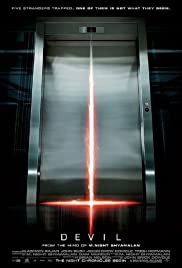
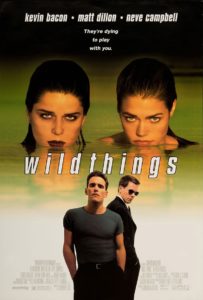
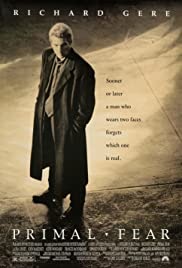

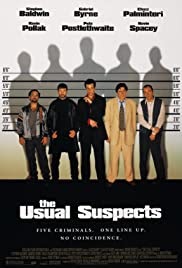

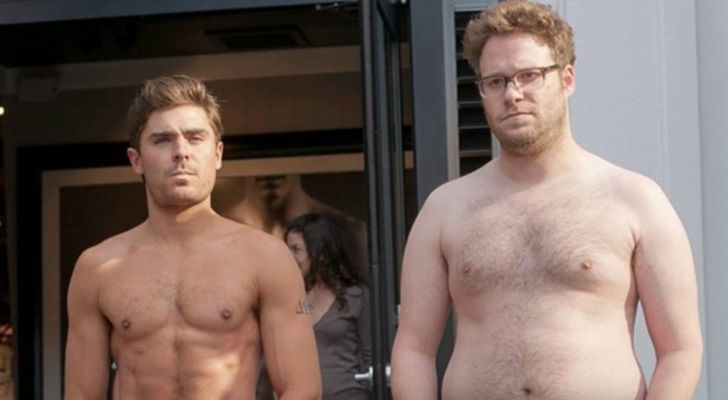
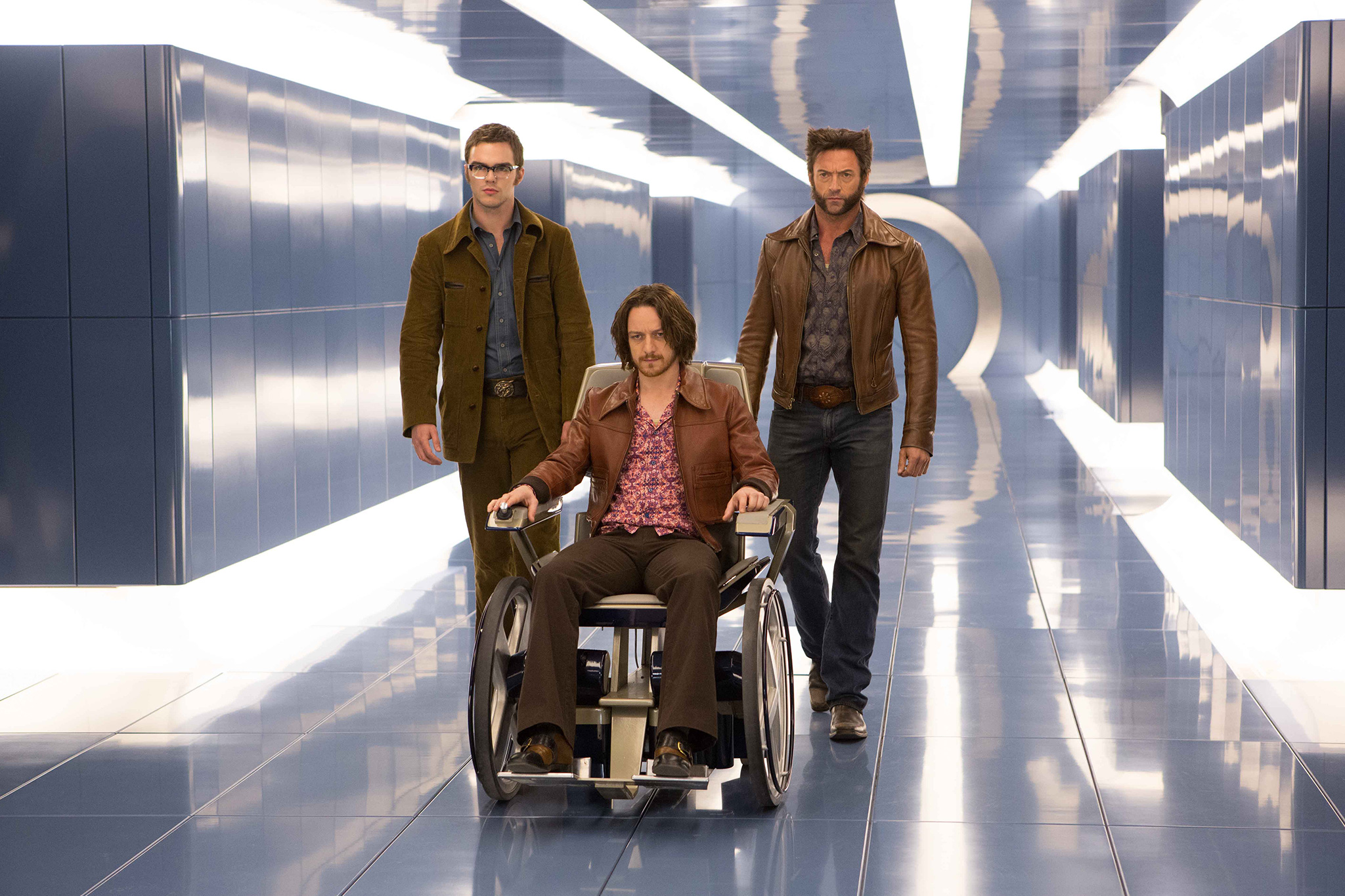
1 Comment
by Arbaaz
Thank you for publishing I really enjoyed reading!